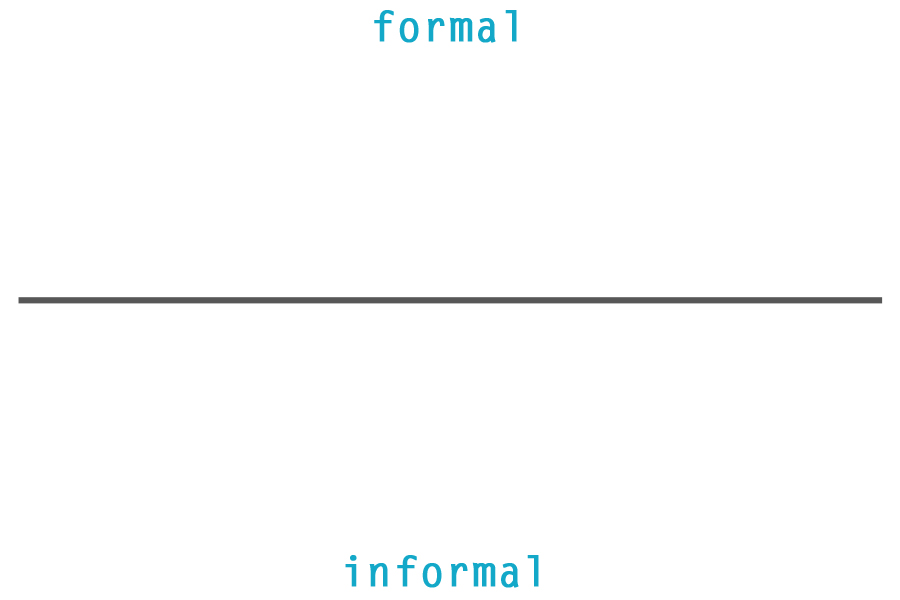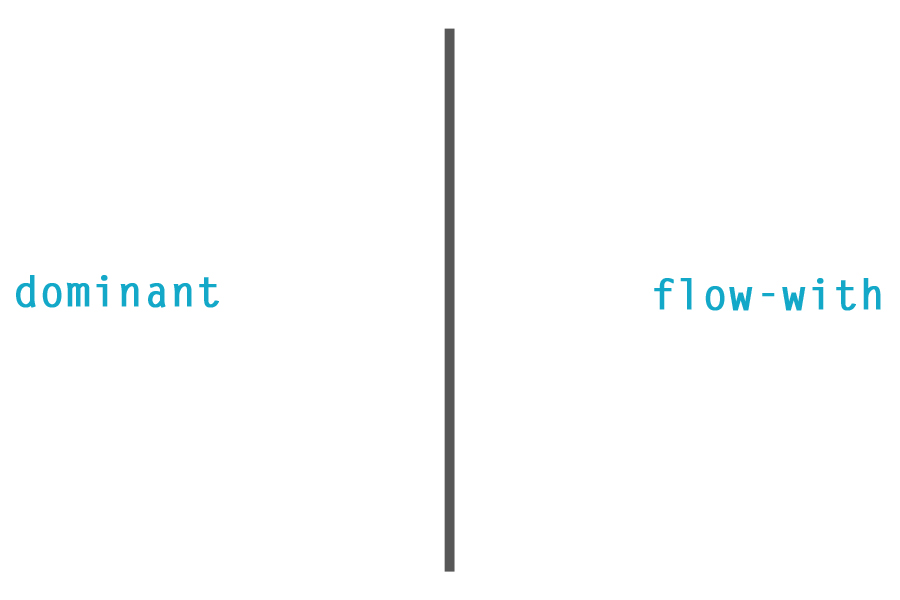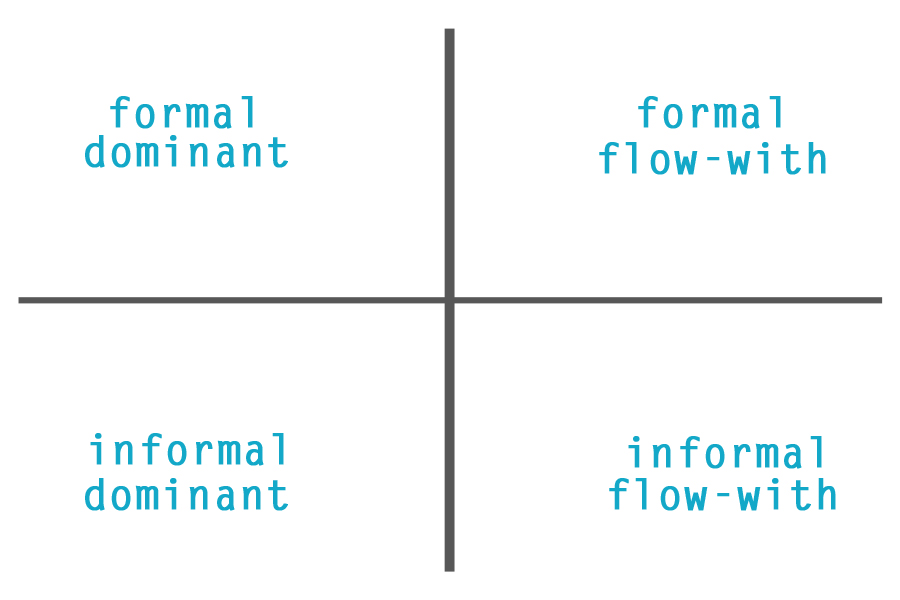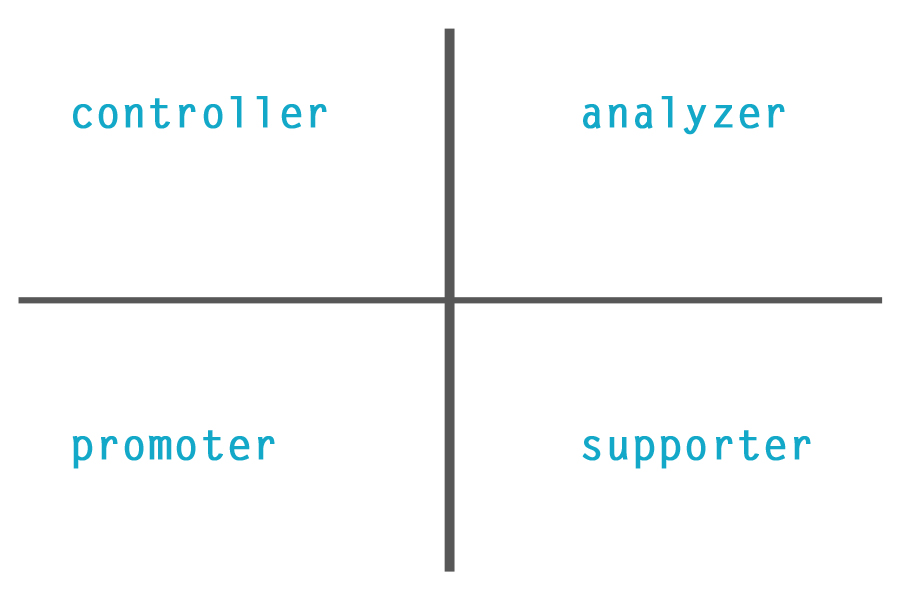Today, I want to share with you an activity I learned and later facilitated while working my non-photography-job over the last several years. It’s called the Behavioral Matrix and it’s an activity that has stuck out to me above all other teambuilding and leadership activities I have participated in or facilitated.
Why?
Well, because it’s the one activity that has really opened my eyes to my ‘blind spots’ and allowed me to look effectively at how I work with other people – both those I work with successfully and those I struggle to work with. I’m an educator by nature. I’m the kid who asked the teacher for leftover copies of ‘dittos’ and worksheets in elementary school so that I could take them home and play ‘school’ with them. I asked for a chalkboard and whiteboard for Christmas, and if my friends wouldn’t agree to be the students, then my stuffed animals would suffice.
I started coaching as a teenager and was a piano teacher by 14. I worked as a teacher’s assistant for the local elementary school as part of my ‘course load’ during my senior year in school. I have a degree in art education and have taught every age group from pre-K up through 22-year-old seniors. My teaching credential has allowed me to work in traditional public schools, as well as alternative education programs where I learned the difference between facilitating and teaching.
It’s in my blood.
Which is why chasing this dream of photography is difficult at times, and ‘giving up’ would be easy because I LOVE my ‘fall back plan’ that is really only my secondary dream. I miss teaching – day in and day out. And I plan to someday combine these two dreams again.
In the meantime, I’ve spent half of my life working with people in a work setting – mainly in an educational setting. I had never really looked at my skill sets in terms of working with others, though (I’m actually not very good at it). It shouldn’t have come as a surprise to me – I hated group projects in school and would tend to just do everything myself and allow others to get the grade.
So when I did the Behavioral Matrix a few years ago, it opened my eyes to my skills… and to the areas I really needed to pay attention to. So before I break down the results (and let you guess where I fall), I want to give you a chance to do the activity. It’s simply – all you need to do is make a choice as to which side of the line you fall on, and there’s no falling on the line allowed.
First up… are you formal or informal?

Just think about what your natural interactions and inclinations with people are. Do you tend to be more formal or informal?
Up next… are you more dominant or flow with?
 Do you tend to take the lead or go with the flow? Remember… there’s no ‘spectrum’ option for this portion of the activity. You cannot fall on the line.
Do you tend to take the lead or go with the flow? Remember… there’s no ‘spectrum’ option for this portion of the activity. You cannot fall on the line.
So where did you end up? Which quadrant are you in? Still no spectrum at this point…

Here’s what the categories are actually called…

From here, and when doing this activity in a group setting, there are a series of questions that are normally asked and then shared among the groups. This is when folks start to realize how almost laughable their differences are.
- What are your major likes and dislikes?
- What are your greatest strengths and weaknesses?
- Task or relationship? Choose one.
- What do you need to learn to be more effective?
Of course, the answers to these vary from things like responsibility, timeliness, organization, fun, encouragement, color, and so on. It’s most drastically different for the classifications opposite of one another and you may find some similarities for those adjacent to one another. This activity can go on further to ask the teams to do different activities and this is where it really hits home about how folks handle something.
For example – ask a room of people to think about planning a party. Give them 5 minutes to come up with some sort of vision or plan for this party. At the end of 5 minutes see what they’ve come up with. Here’s what happened the last time I did this portion of the activity with my team of employees:
Controllers: Couldn’t get past why we would be having or planning a party. There didn’t seem to be a need to. They didn’t go farther with the activity and were finished within the first 30-45 seconds and used the remainder of the time for bathroom breaks.
Supporters: No need for a theme or a reason – parties are fun. They decided to go ahead with putting together the details and everyone chipped in – someone was on music, food, decorations, invited… and everyone was invited. It was going to be a great time.
Analyzers: Fine with having the party – sort of neutral on the matter. Were more concerned with how many guests would be there and how much food and drink we would need to cover everyone. Wanted to know if there was a budget or a limit for the party.
Promoters: Parties are fun – more than willing to help plan it. Not really into the details… think it might be best to just go ahead with the party without getting the approval from management (the controllers) as they would likely say ‘no’ to the idea, so a surprise would be better. In the end, several of them won’t show up to the party because they’re working on planning another party, now.
True story. In this real-life example I was the manager (and if you haven’t deduced by now I am an EXTREME controller) and when the facilitator of the teambuilding activity asked which group the promoters would go to next after coming up with an idea for having a party, on of my employees shouted out ‘the Promoters!’ to which his justification was that I would say no, but those folks would surely help plan the party. The entire room erupted in laughter at my raised eyebrows. No worries, though, we were a close team in our unique work situation and no grudges were held… Ryan. 😉
Of course, I wouldn’t let you fall on the line or create a spectrum when you started this activity, but that’s not really the case in life. Most of us fall into two categories (adjacent ones), but there are some, like me, who really fall so far into the outer corner of the category that you truly identify with just one.
What’s the point of this activity? When done in a work setting, it’s to examine how you work with the people around you – to see where they fall, how they operate, what is and isn’t important to them, thus allowing you to potentially see why you are having repeat conversations with someone, struggling to communicate, or can’t seem to get what you need from them.
Controllers and Supporters have an incredibly difficult time working together, relating to one another, and understanding each other. Likewise, the same is for Promoters and Analyzers. In a work setting, these are the most important relationships to examine. For example, as a controller, I value the task – I like to come in and get straight to work… I don’t need small talk about the weather or my weekend. On the other hand, supporters need to start their day with human connection – they will work harder knowing the people around them are comfortable and happy. To a controller, this morning coffee-talk can look like wasted time and can frustrate a controller, but without it, the supporters will be less energized throughout the day. With it they accomplish just as much as everyone else – the time is not lost. Vice versa, a controller who comes in and isn’t interested in engaging in these brief conversations can seem rude, cold, and uncaring. Enter, me…. the teacher.
Put me at the front of the classroom, let me keep people on task, give me a team of people to manage. I’ve got this. And I thought I was awesome at it until I did this activity. Then my eyes were opened and I became aware of the others around me and really began to grow.
Challenge yourself – or if you do this with your team, challenge them to give each other challenges. My team set a standard for me that for the first 10-15 minutes after walking in the door to work I was NOT allowed to talk work. If I wanted to get straight to work, that was fine, but they encouraged me to make my rounds, check in with my people, and be a part of their community. I was simply NOT allowed to start delegating or checking in on tasks.
It was much harder than it sounds – it was really unnatural. But I learned A.LOT. Each time I do this activity and have a new challenge I am able to put myself into check a little bit more. It reminds me that this life, this world, this community is not about me – it’s about us. And we have to learn to work together – on a global scale.
Plus, that whole saying about ‘opposites attract’? Guess what my husband is? Yep… supporter. Why? Well, probably because supporters have a lot of qualities I greatly admire and maybe even envy – they’re selfless and caring, they’re fun and lighthearted. That doesn’t mean they work any less hard, they just value relationships more than tasks. I’ve done this activity (a shorter version) with him and it’s helped us learn just how differently each of us operate and communicate. That doesn’t mean we’re going to try and change one another, it just means we have to work that much hard at being self-aware in our communication.
So as I wind my way down this path of self-employment, I have to remember all the other people I still work with and practice putting myself into check to be able to better understand and relate to people. This activity, this mindset, and this practice apply to ALL areas of life – personal and professional – and self awareness is key. There is no right or wrong answer to this activity – there’s not one activity that you ‘should’ be in over another. Wherever you fall IS right. Each has it’s pros and cons – it’s strengths and weaknesses – and together we make a team.
Guess what most of the people I hired as a manager were? Supporters. Because I needed them to balance me out and round out my team. You are not complete without everyone, so as a one-employee-business I work even harder now to make sure I am practicing relating to and understanding all classifications.
casey and her camera is an Indianapolis Family Photographer specializing in family, couple, lifestyle, senior, and wedding photography for Indianapolis, Indiana and the surrounding areas.
Share this:
Indianapolis Family Photographer | Behavioral Matrix
Mar 18, 2015
